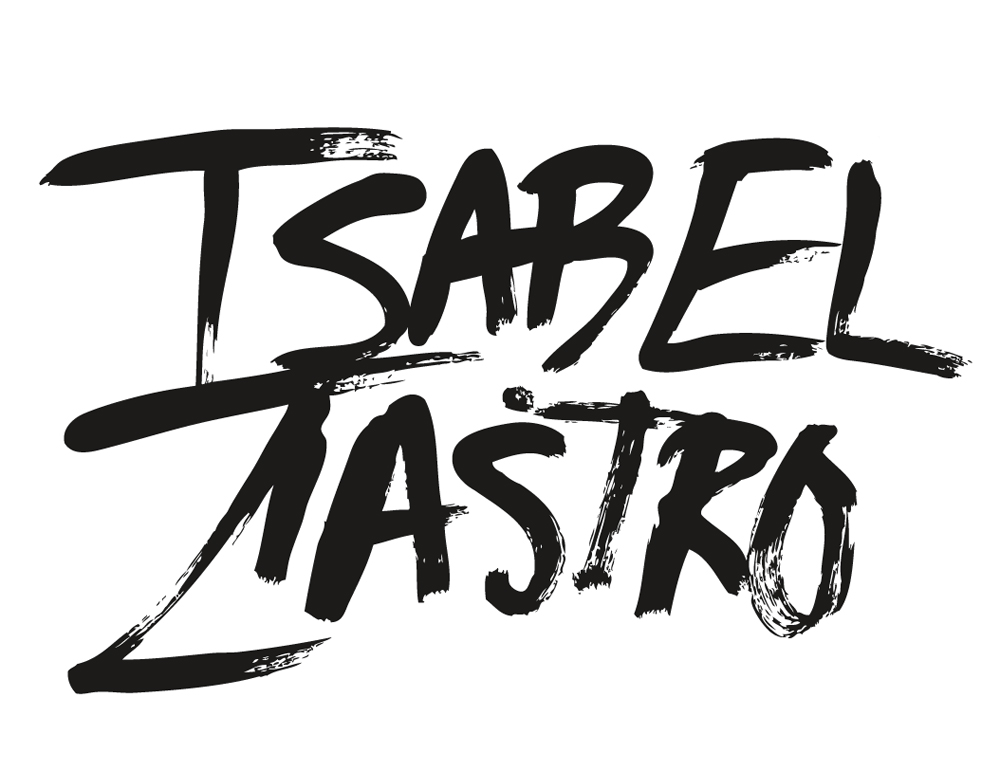In the competitive world of e-commerce, having a standout Shopify store is more than just good design—it's about creating an experience that turns visitors into loyal customers. Over the years, I’ve had the privilege of helping hundreds of Shopify stores generate millions of dollars in sales annually.
Here’s how you can craft a custom Shopify store that not only attracts traffic but also drives conversions.
- Understand Your Audience The foundation of a successful Shopify store lies in knowing your audience. By understanding their needs, preferences, and pain points, you can tailor your store to meet their expectations and create a shopping experience that resonates.
Actionable Tip: Utilize tools like Google Analytics and Shopify’s built-in analytics to gather detailed data about your current visitors. Look at demographic insights, behavior patterns, and popular products to guide your design and marketing decisions.
- Choose the Right Theme Your Shopify theme sets the stage for your brand. While there are countless themes available, choose one that aligns with your brand identity and offers the customization needed to create a unique experience for your customers.
Actionable Tip: Opt for a theme that is mobile-responsive, fast-loading, and simple to navigate. Start with a basic theme that can be easily customized to suit your specific needs.
- Optimize for Speed and Performance A slow website can be a conversion killer. Customers expect fast, seamless shopping experiences. Ensuring that your store loads quickly and performs well across devices is essential for keeping visitors engaged.
Actionable Tip: Use tools like Google PageSpeed Insights to monitor your site’s speed. Compress images using tools like TinyPNG and minimize the use of heavy scripts to keep your site running smoothly.
- Craft a Compelling Product Page Your product pages are the heart of your store. They need to provide all the necessary information while being visually appealing. High-quality images, detailed descriptions, and customer reviews are key components.
Actionable Tip: Focus on writing product descriptions that highlight the benefits rather than just the features. Incorporate customer reviews and testimonials to build trust and credibility.
- Simplify Navigation A well-organized navigation system helps visitors find what they need quickly, improving their overall experience. Use clear categories, a search bar, and breadcrumb navigation to make browsing intuitive and hassle-free.
Actionable Tip: Limit your main menu to 5-7 options to avoid overwhelming visitors. For larger inventories, consider using mega menus to organize products efficiently.
- Create a Seamless Checkout Process The checkout process is where many potential customers abandon their carts. Simplifying this process is critical to improving your conversion rate.
Actionable Tip: Enable guest checkout to reduce friction and offer multiple payment options to cater to different customer preferences. Providing a progress indicator can also help reduce cart abandonment.
- Leverage High-Converting Apps Shopify’s app store offers a range of apps that can enhance your store’s functionality and boost conversions. From upselling tools to email marketing integrations, the right apps can significantly impact your bottom line.
Actionable Tip: Consider apps like Privy or Klaviyo for email marketing, Yotpo for customer reviews, and Bold Upsell for effective upselling. Always choose apps that have good reviews and are compatible with your store’s needs.
- Implement Trust Signals Trust is essential for conversions. Displaying trust signals like secure payment badges, customer reviews, and transparent return policies reassures visitors and helps build credibility.
Actionable Tip: Highlight secure payment options at checkout and prominently display badges like “Money-Back Guarantee” on product pages to reassure customers.
- Use High-Quality Visuals and Branding Your brand’s visual identity is a key component of making a lasting impression. Consistency in colors, fonts, and imagery helps establish brand recognition and creates a professional appearance for your store.
Actionable Tip: Invest in professional product photography and use a consistent color palette that reflects your brand’s personality. This visual coherence can make your store more appealing and trustworthy to customers.
- Optimize for Mobile With a significant portion of online shoppers using mobile devices, optimizing your Shopify store for mobile is non-negotiable. Ensure that your store is fully responsive, with easy navigation and fast loading times on all devices.
Actionable Tip: Regularly test your store on various mobile devices to ensure a smooth experience. Pay special attention to mobile checkout, ensuring it’s as streamlined and user-friendly as possible.
- Use Data to Continuously Improve Creating a high-converting Shopify store is an ongoing process. Regularly reviewing your analytics helps you understand what’s working and what isn’t, allowing you to make informed decisions for continual improvement.
Actionable Tip: Set up Google Analytics and use Shopify’s built-in analytics to track important metrics like conversion rate, average order value, and cart abandonment rate. Use A/B testing to experiment with different design elements and optimize for higher conversions.
Conclusion: Turn Visitors into Loyal Customers With the right strategy, your Shopify store can become a powerful sales engine. By focusing on understanding your audience, optimizing your store’s design and functionality, and continuously refining your approach, you can create a shopping experience that not only attracts visitors but also converts them into loyal customers.
Ready to transform your Shopify store into a conversion powerhouse? With my experience helping hundreds of stores generate millions of dollars in sales annually, I’m here to help you achieve the same success. Contact me today for a consultation on how we can work together to build a custom Shopify store that drives results.

